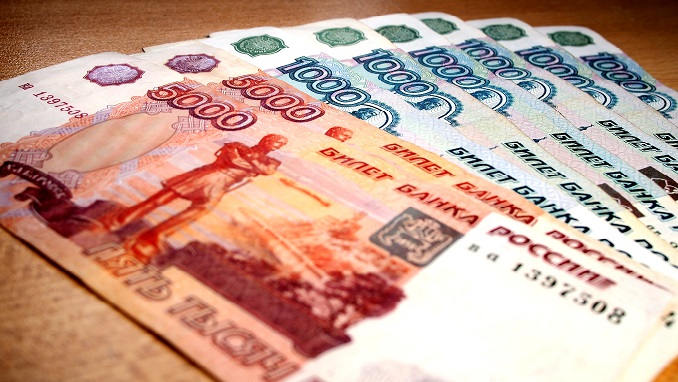According to TASS surveyed experts, the Russian economy has considerable non-oil and gas export potential in addition to large oil and gas export potential. Food, information technology, and creative items are examples of such development drivers.
Last week, U.S. President Joe Biden spoke at the offices of the Office of the Director of National Intelligence (ODNI), recalling the Geneva meeting with his Russian counterpart Vladimir Putin and claiming that the Russian economy is solely dependent on nuclear weapons and oil resources.
Gleb Pokatovich, First Deputy Head of the Analytical Center under the Government of the Russian Federation, believes that the fall in Russian budget income from resource exports is a trend.
“The fall in the percentage of oil and gas income in the federal budget may continue, perhaps not in comparison to 2020, when it hit its lowest level ever, but as a trend. Looking back over the last decade, the proportion of oil and gas income averaged 48.8 percent in 2011-2015, 37.8 percent in 2016-2020, and is expected to rise to 48.8 percent in 2021-2023. It’s down to 32-33 percent now,” he added.
“In the long run, the fall in the percentage of oil and mineral income in the budget is a general tendency. The percentage of the budget will decrease as other non-resource industries develop, notably resource exports. This is undoubtedly unavoidable in the long run,” Alexander Chulok, Director of the Centre for Science and Technology Foresight at the Russian Higher School of Economics’ Institute for Statistical Studies and Economics of Knowledge, concurs.
As a result of the pandemic, the problem of food safety has come to the fore, and the agriculture complex may become one of the Russian economy’s growth drivers with strong export potential, according to Chulok. However, it is critical to ensure that exported commodities have a high conversion rate.
“The first development driver is the utilization of agricultural capacity, including resource and export, but with a shift to technical modernization, which means evaluating technologies that are not dependent on climate, such as sophisticated processing technologies.” It is critical not to make the same error with oil again. We require a technical improvement that makes use of the current resource export areas,” he explained.
Another prospective non-resource export field, according to the expert, is the information technology industry, as well as items from creative sectors.
“The second area (also non-resource) is linked to our accomplishments in IT, in information technologies, in client experience work, and in big data processing.”
“We have a solid foundation here, thanks in large part to the fact that we have outstanding math schools, computer programming schools, and everything else related to creativity. In the future, one of the most intense in terms of added value may be the creative sectors of the economy. And in this regard, the situation with regard to creativity is pretty favorable here,” he added.
Apart from mining and agriculture, new materials, new modes of transportation, information technology, and a variety of other disciplines, according to Pokatovich, may become new development drivers.
“When it comes to new growth driers, the issue may be about new material technologies, various initiatives in the field of AI, robotics technology, autonomous driving, and hydrogen transport,” he explained.












